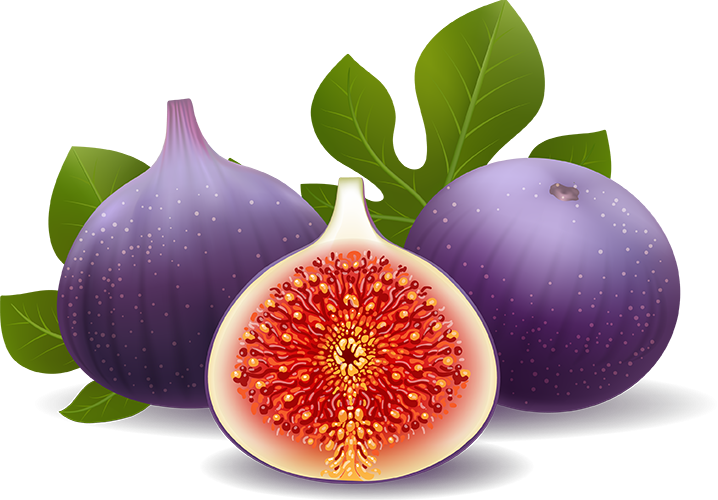What are Figs?
Figs are some sort of a complicated fruit. More like a flower… Actually… more like an inside out flower…
Figs are the oldest fruit and have been enjoyed since ancient and Biblical times due to their abundance, flavor and sweetness. The historical references related to the origins and locations of the figs are around the Mediterranean and the Middle East.
Figs were also popular in ancient Greek and Roman cultures, and were often grown in home gardens and orchards. In fact, the fig tree was so highly prized in ancient Greece that it was considered a symbol of peace and abundance, and was often depicted in art and literature.
Over time, figs spread to other parts of the world and became an important part of the diet in many different cultures. Today, figs are grown in many parts of the world, including the United States, Europe, and parts of Asia. Figs are typically grown in areas with warm summers and mild winters.
Due to the nature of the figs and the fact that figs are perishables and do not continue to ripen once they are picked, the fresh figs are the goal of home gardeners and fig connoisseurs by providing unrivalled taste and flavors. Home growers are seeking the enjoyment of eating fully-ripe straight from the tree delicious figs.
Imported and store-bought ‘fresh’ figs can’t rival that experience, hence the increased demand for growing fig trees in various places in the world as well as non native, challenging, and cold places. Not too long ago, before the advancements in transporting and increased capabilities, figs were mostly dried for consumption in order to be stored over longer periods of time.
Today, Figs can be enjoyed fresh, in salads, with cheese, as well as deserts and part of many other delicious recipes. They can also be frozen, canned, and dehydrated.
Figs Facts … did you know?
- Fig trees are one of the oldest fruit trees known to mankind, with evidence of their cultivation dating back to 5,000 BCE in the Middle East.
- Figs are not actually a fruit, but a syconium, which is a type of inverted flower with the flowers lining the interior walls of the fruit. Fig trees do not produce any flowers. The tiny blossoms develop inside of the fig fruit.
- Figs are considered the “food of the gods”
- The Fig tree is a symbol of fertility, abundance, and sweetness.
- Many people believe that the Garden of Eden fruit was actually a fig.
- Fig trees can live for over 100 years and can grow up to 50 feet tall.
- Figs must ripen on the tree and will not continue to ripe after picking.
- Figs were brought to California by the Spaniards in the early 1600s. California produces almost 98% of all commercially grown figs in the United States.
- Millions of people have never tasted figs; especially fresh figs.
- There are hundreds of varieties of figs, with different colors, textures, and flavors.
- The most common and known Fig variety is the Black Mission.
- The majority of the Figs are self pollinating and do not need another tree or other pollination in order to produce fruit.
- The only Figs that require wasp pollination are Smyrna and Calimyrna. They are mostly grown mostly as dry figs. (San Pedro type figs also require pollination but only for second crop. They will produce fruits without pollination on the first crop of the year)
- Figs are known for great health benefits. See our Health page for a list of potential health benefits.
- Ounce for ounce, figs have more fiber than prunes and more potassium than bananas.
Top World Fig Producers
According to the Food and Agricultural Organization (FAO) of the United Nations, the top fig producers in the world are Turkey, Egypt, and Morocco. These countries are followed by Spain, Italy, and Iran.
Here is a list of the top 10 fig producing countries in the world, according to the FAO:
- Turkey
- Egypt
- Morocco
- Spain
- Italy
- Iran
- Portugal
- Greece
- Syria
- Tunisia

